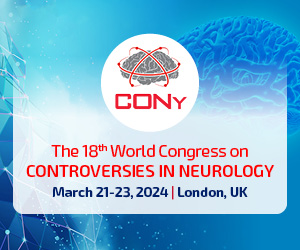Ephedrone encephalopathy – a disease of 19th century miners in the era of the Internet
Dominik Siutka1, Katarzyna Siutka2, Małgorzata Fudala1, Waldemar Brola3
 Affiliation and address for correspondence
Affiliation and address for correspondenceEphedrone encephalopathy is a rare disease associated with the abuse of methcathinone. Methcathinone, also known as ephedrone, is a psychostimulant that can be synthesised at home using over-the-counter medications containing pseudoephedrine and potassium permanganate. Accumulation of excessively ingested manganese causes damage to the basal ganglia. Clinically, patients present with Parkinson’s syndrome with dominant motor slowing, symmetrical rigidity, falls, and hypophonia, slightly resembling progressive supranuclear palsy. The characteristic symptoms of the disease have previously been associated with manganese poisoning (manganism), which affected miners and steel workers. In 30% of cases, the disease develops into a progressive form, leading to significant disability despite discontinuation of methcathinone. Any treatment attempts fail to yield expected results. Magnetic resonance plays a special role in the diagnosis of ephedrone encephalopathy, showing extensive hyperintense areas in the brain. The article presents basic information about the disorder, along with case reports.








